Happiness Is A Scam by Santosh Jha (great books for teens txt) 📕
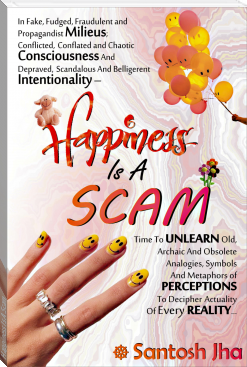
- Author: Santosh Jha
Book online «Happiness Is A Scam by Santosh Jha (great books for teens txt) 📕». Author Santosh Jha
Context of ‘Processing’ of Information of Reality
The next stage in brain functioning is processing of information received from milieus. Some scientists object to the term ‘processing’ as they feel, it analogues human brain with a computer, which is an erroneous comparison. It is not yet known in full details as how brain works out information and how it ‘fixes’ and metaphors meanings into it, for feel and further action. We do not need to go into it. We are essentially concerned with some different aspect of information ‘processing’. We shall however take care not to confuse the term processing with those ideas popular in artificial intelligence world of information processing. What we are talking about is the dualism and conflict in processing of information by brain plexuses, which is essentially compartmentalized, yet cooperatively synced. Science has provided some insights into what this conflict could be all about. Science has in recent years begun to believe that a successful trait of human brain is not its memory power but the innate ability to forget and forgo. This makes a huge difference in the mechanism of processing of information, which we popularly accept as. Science is probably right in hypothesizing that it is a huge advantage, extended by evolution that human brain seems to have the inbuilt inclination to forget information. This aspect is very critical for survival and has deep meaning in human life-living. We however do not have the space and focus here to detail them. Science tells us that memory in human brain is probably unique. Though, much still needs to be known about how human memory is created and works, we now know that human brain has three layers of memory. One is wired and reactionary memory a human child is born with. Second is short term memory and third is long term memory. Wired memory works when a new born automatically holds breath, when thrown in a water tank. Short term memory helps in daily-life or routine living navigation, like recognizing faces, remembering streets and traffic signals. The long term memory is however the unique one, which may also be very exclusive to humans. It is known that wired and short term memories are handled primarily by the limbic system – the old mammalian brain, based largely on emotionally contextual perceptions of external milieus and habit-spectrum of motor actions. It is probably common in all animals. We have already talked as why and how 98 percent of human tasks do not need ‘conflict’ resolution and therefore handled by limbic brain system, about which a person is not even aware. The long term memory however seems something, which needs to be explored in better details. It is now known that long term memory is handled largely by cortex part of the newly evolved human brain. It may be hypothesized that as cortex brain states are more aligned to man-made intelligence handling and ‘logical’ (not emotional), these long term memories in cortical neural plexuses must emanate out of the prolonged, sustained and dominant experiences of a reality in societal-cultural milieus; emerging out of a conscious and very aware processes of ‘conflict resolution’. These memories may have the strength and stability of finely processed and accentuated experiences. The long term memories may be logically instituted after conscious conflict resolutions but it may also have alignment and association with emotional perceptions. It has to be accepted that probably, all logical or conflict-oriented perceptional memories are also chemically imprinted in synaptic plexuses as emotional registry. For example, if a person has a prolonged experience of a bad marriage and finally, he or she could get out the marriage, the impression shall last forever and probably stored in cortex layers as long term memory. However, this experience has its emotional aspect too and that too, a big and deep one. In later years, when the person shall reconsider a relationship, his or her emotional expressions towards the new person in their lives shall be affected by the experience of emotions of the past marriage crisis. The brain, as we have hypothesized, is designed to forget and forego unpleasant memories and experiences. Therefore, the emotional feel of the bad marriage shall diminish and wane out from limbic brain states. However, what may be retained as long term memory in cortical layers of higher brain is probably the non-emotional, logical and superordinate (generic) experience of the gist or totality of the crisis. If a person came out of the bad marriage in a poised and rewarding ways, the next venture into new relationship may be smooth. If not, there may be more troubles in next venture. Neuroscience experts have done enough experiments and simulations to unravel some very crucial aspects of how our memories work and are played out owing to what part of brain being involved. We are not going into the details here. It is however very interesting and fruitful knowledge everyone should have. This long term memory probably is there to effect phenotype changes in genetic imprint as these memories probably have the synaptic weight and volume. Science believes these changes are passed on to next generation as genetic information. Naturally, such long term memories, backed by strength and intensity of sustained experiences present a big and impacting ‘context’ for perceptions about a reality. It is difficult to pin point how these experiences are ‘processed’ into long term memories and how these memories impact brain’s value summation, or what we popularly know as decision-making finality. Some scientists believe that conscious and aware self is all about the higher frequency, at which the neurons fire as well as the larger size of the neural networks, when a conflict situation is resolved. Science believes, there is some sort of a threshold of neural processing activity, which is required for awareness and conscious sense of being or self to emerge. Science has been working on this novel idea called ‘Emergence’ to unravel the entity of consciousness. What we need to derive from this all, without going into details, is that such a threshold and emergence happens when there is a definitive position of conflict and ‘pain situation’, requiring long and complex thoughtfulness. This thoughtfulness may be high frequency neural firing and larger neural networks. However, we can surely hypothesize that as these experiences are sourced from and contextual to societal-cultural-political milieus and their populist and dominant perceptions, they as well as the memories they engender are likely to have conflicts and confusion, which are hallmarks of such milieus. This makes us accept a probability that contemporary human brain’s actual perceptional as well as aware and conscious decision-making processes are heavily contextual to the man-made and synthetic ‘logicality’ and not to the innate and emotional one. Most emotional and non-conflicting perceptions and decisions in fact escape the conscious layers of mind as probably, they are processed in low frequency neural firing and small neural networks. Scientists hypothesize that in the continuum, the subconscious process needs a certain level of threshold frequency and network strength to rise up to conscious levels. We do not need to go into it. The trouble however does not seem to end here. Scientific researches tell us that human brain is not as compartmentalized and segregated as we might popularly accept and the three
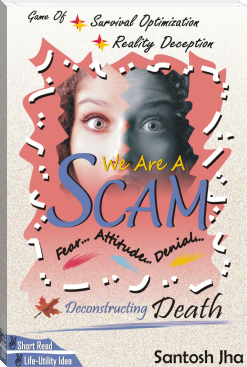
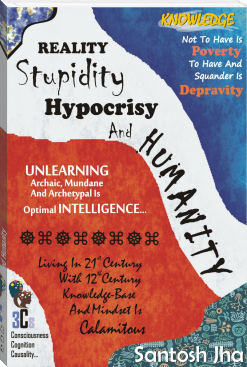
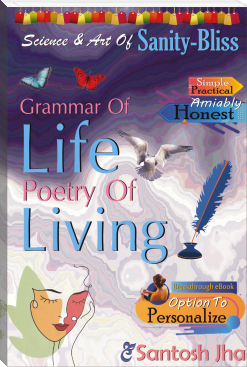
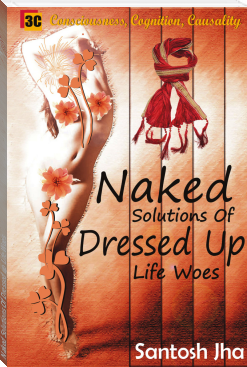
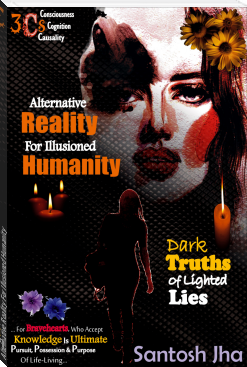
Comments (0)